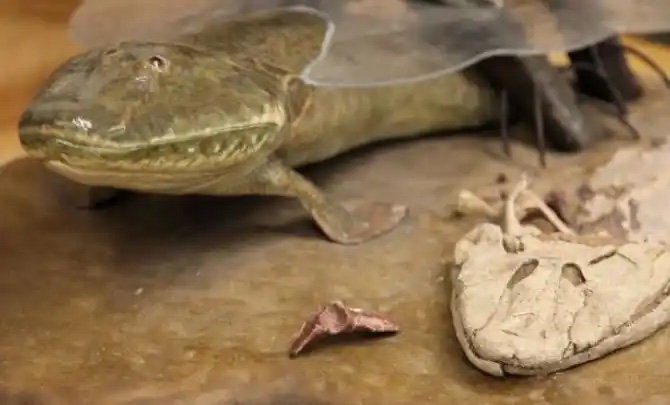A team of paleontologists from the University of Zurich headed by Professor Marcelo Sánchez-Villagra announced the discovery of a new fish fossil and species that presents a never before seen evolutionary method of elongation of the spine in fish according to a report published in the journal Nature Communications.
The 240-million-year-old fossil fish called Saurichthys curionii was discovered at the Monte San Giorgio site in Ticino, Switzerland.
The remains were so well preserved that the tendons and tendon attachments surrounding the muscles of the primitive predatory fish survived intact.
Examination of the fossil revealed that this fish had two vertebral arches associated with each section of vertebral muscles. This structure enabled elongation without the addition of vertebrae.
This is the first known example of this type of evolutionary development as an adaptation for the elongation of animal spines. All previous fossil discoveries demonstrated an addition of vertebra as the preferred method of spinal elongation.
Saurichthys curionii was just over one foot long, was a predator based on the tooth structure, and was probably a very early ancestor of present-day garfish or needlefish. The spinal architecture indicates the fish could not swim great distances and probably inhabited coastal regions. The spinal arrangement also limited the speed at which the fish could swim.















